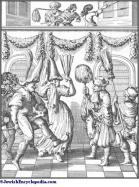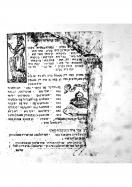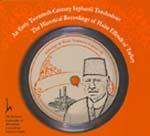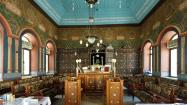(849 results found)

Polka-mazurka
… Cahan 1957, p. 235 (#245) . “After the wedding-feast they began to dance. The dances were varied according …

Sher
… ago and that it was ‘Jewishized’ to a great extent (at least musically). A broader, more definitive statement can be … that are widely found in the accounts of Jewish Ashkenaz in Eastern Europe, and they are danced among us up until this … the German Jews that migrated to Russia and to the rest of Eastern Europe, following their expulsion from various lands …
Hag Purim – The story behind its melody
… we dedicate the Song of the Month to a very popular Eastern European Ashkenazi melody that, in the early 1920s, … Israeli children. As a most widely recognized melody in the Eastern European Jewish world, the melody of “ H ag Purim” … of Sabbath table songs ( zemirot shabbat ) across the Eastern European Jewish diaspora. It was sung by families in …

Sirba
… Romanian music and dance genre, known throughout the east Carpathian region among co-territorial peoples … tune are common in non-Jewish musical traditions of northeast Romania and southern Ukraine, and were favored by …

Skotshne/Skochne
… is sometimes performed in 3/4 and at times in 2/4. Jewish Eastern Europe was not fixated on one particular style of …

Terkish (LKT)
… Greek sirto and suggests connections between the Jews of Eastern Europe and the Greek inhabitants of the Turkish …
Ehad mi Yodea - Its sources, variations, and parodies
… is of Jewish origin, did it originated in Ashkenaz or in an Eastern Jewish tradition. Much of the relevant literature … (Tabory, 1988: 66) Variations from Sephardic and Eastern Jewish communities “E h ad mi yodea” began to appear … versions in Yiddish and in Russian appeared in the Eastern European communities. The non-Ashkenazi versions, on …
Sabbath Eve Qiddush by Haim Effendi
… A classical Eastern Sephardi rendition of the Sabbath Eve Qiddush (the …

Vals (LKT)
… the waltz words were sung which went with the rhythms... Eastern European Jews were accustomed to invite each guest … 1959, pp. 164, 166-67, 169, n. 58 . “After the wedding-feast they began to dance. The dances were varied according …
The Jerusalem-Sephardic Tradition
… become the central style among a significant portion of the Eastern communities in Israel and in the Diaspora, is a … during the High Holidays, and the newer layer of Middle-Eastern Arabic musical style, which was crystallized during … and historical processes which occurred over the Middle-East in general and in Jerusalem in particular. The slow …

